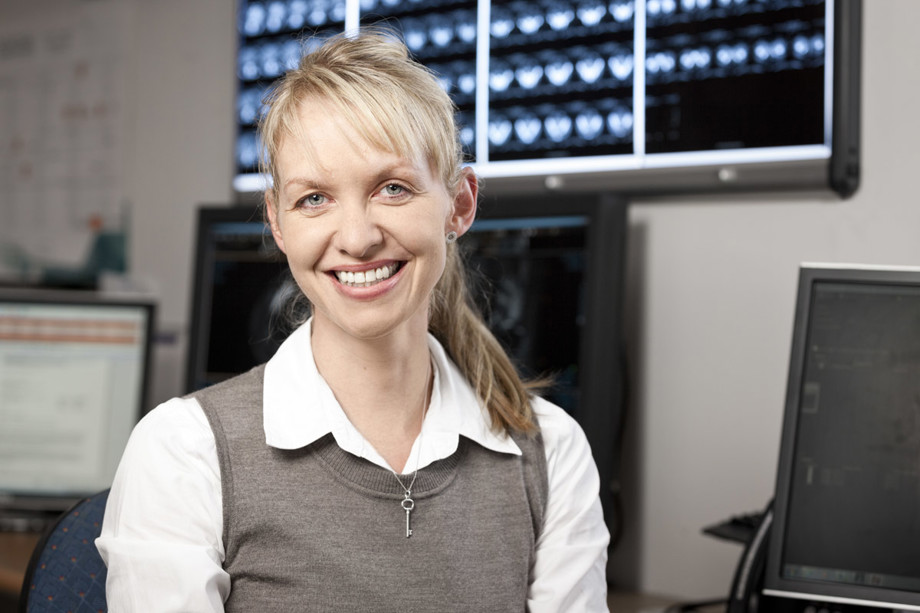On November 8th the Radiology community celebrates the eighth global International Day of Radiology (IDOR 2019). November 8th marks a poignant moment in radiology history; the day that Wilhelm Conrad Röntgen discovered the existence of X-Rays in 1895.
The theme for 2019’s IDOR is Sports Imaging. Sports Imaging is a sub-speciality within Radiology which focuses on the parts of the body commonly injured by athletes or people partaking in sporting activities. Within Radiology we use the term Musculoskeletal (MSK). This covers all areas of the body which contain bones, joints and soft tissues.
We meet some of our Radiologists and find out why this sub-specialty of continues to peak their interest.
Dr Megan De Leacy MBBS, BSc, FRANZCR
After graduating from the University of Queensland in 2002, Dr De Leacy has since trained as a registrar based at the Princess Alexandra Hospital in Brisbane. She undertook a Fellowship in MRI at the Princess Alexandra Hospital Brisbane with particular emphasis on orthopaedic oncology, hepatobiliary and body MRI. Dr De Leacy joined Queensland X-Ray as a Musculoskeletal MRI Fellow in 2011.
Why did you choose to embark on a career in Radiology?
I wasn’t sure what I wanted to do when I was in medical school and had a fairly open mind about all medical career options. I finally decided on radiology when I was a junior house officer. Prior to that, I had been very interested in pursuing a surgical career but decided in the end that wasn’t the right path for me. I don’t regret my decision at all. I was attending more and more multidisciplinary meetings and watching how important imaging diagnosis was to essentially all facets of medicine.
Although clinical examination is extremely important, it would be very unusual for a modern doctor not to rely on additional radiology tests to aid and confirm a diagnosis. Radiology to me is critical to the practice of modern medicine.
I enjoyed anatomy, pathology and mathematics/physics which a fundamentals of commencing radiology training. Seeing the reliance of Senior clinicians on the radiologist for diagnostic guidance was quite eye opener for me as a junior doc.
When/why did you take a particular interest in Musculoskeletal Imaging?
I have always been interested in sports imaging from the commencement of my training. I enjoy the challenge of being able to put together all the imaging information with the given mechanism of injury. Being able to work with our referring GPs, physios, orthopaedic surgeons and sports physicians to accurately diagnose and stage conditions is rewarding in itself. There are plenty of interventional opportunities within the subspecialty, which allows me to interact and treat patients which I enjoy.
Based on your experience, what sports and sports in juries are most commonly presented to Radiologists?
We see all types of injuries in children, adults, elite sports people and the general public.
Often there are more common injuries which will depend on the Queensland X-Ray practice location and also the time of year. Wintertime we see more rugby/soccer /overuse running injuries and in the summer, often tennis/swimming/cricket.
Commonly in the community, rolled ankles, torsion knee injuries and shoulder problems are seen. With respect to trauma, anything may present depending on the size of injury.
Just for fun: what is the most interesting sports/MSK injury you have been presented with?
Difficult question… the most interesting clinical scenario that comes to mind is looking at the ankle MRI’s for a young man who was a Parcour enthusiast who had come unstuck trying to scale and jump between several houses in his street.

